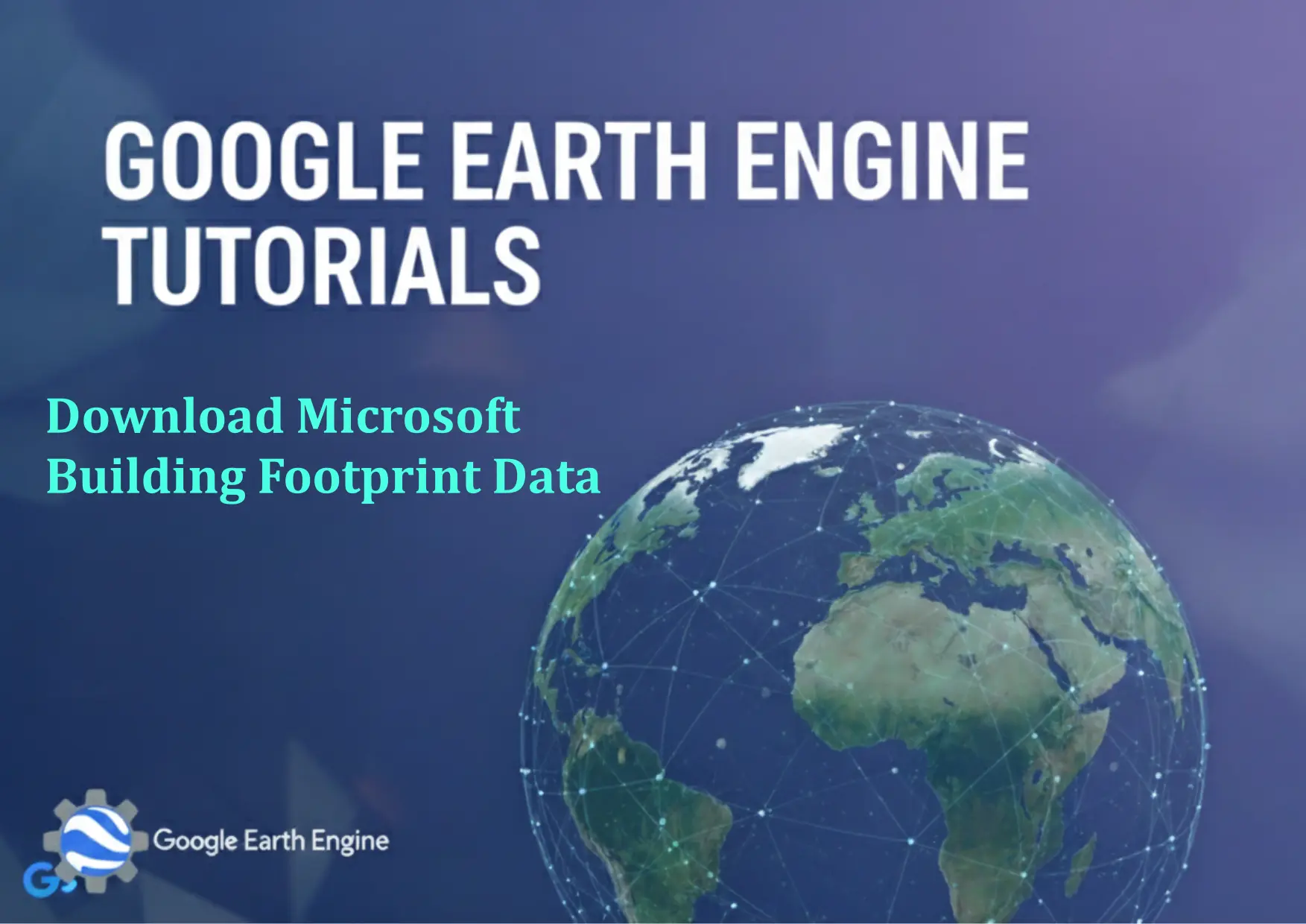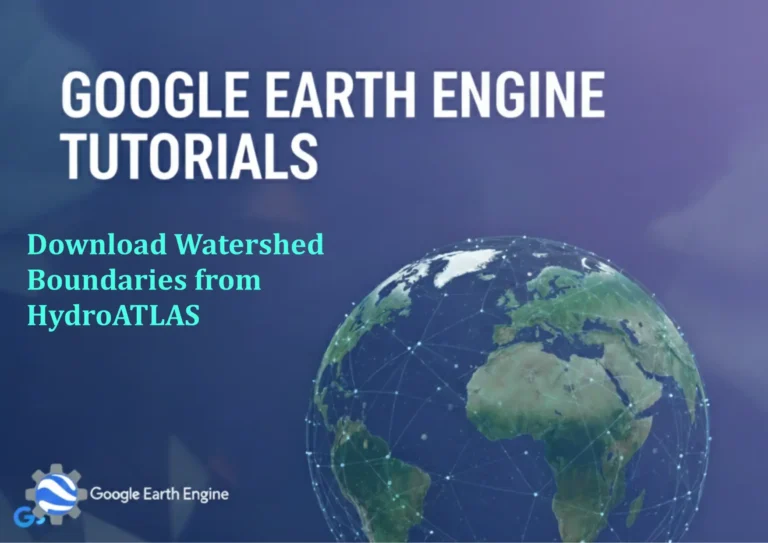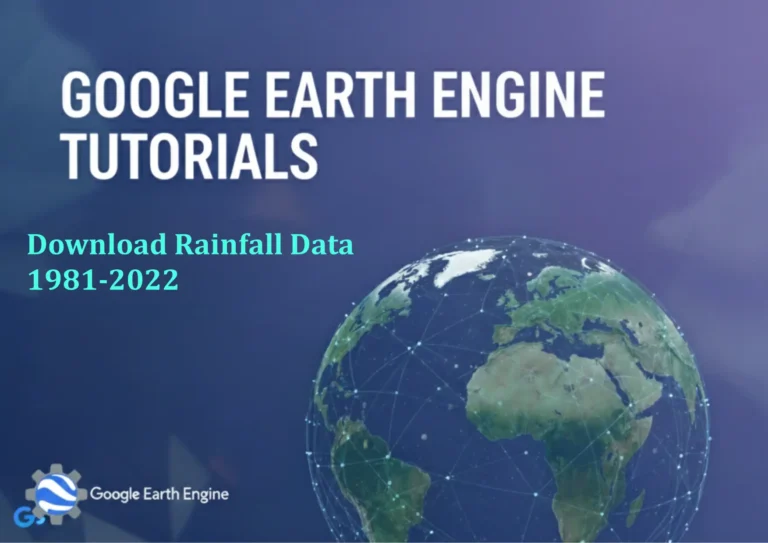Google Earth Engine Tutorial: Download Microsoft Building Footprint Data
Credit: Youtube Channel “Terra Spatial, Guide on accessing and downloading high-resolution building footprint data from Microsoft for any region.”
You can see all the tutorials from here: Techgeo Academy.
Introduction to Microsoft Building Footprint Data in Google Earth Engine
Google Earth Engine (GEE) provides access to a variety of global datasets, including the Microsoft Building Footprint Data, which is particularly useful for urban area analysis, disaster response, and land use studies. This dataset is part of the Microsoft AI for Earth initiative and offers high-resolution building outlines across urban regions worldwide.
Steps to Download Microsoft Building Footprint Data
Follow these steps to access and download the dataset using GEE’s JavaScript API:
- Access GEE Code Editor: Log in to the Google Earth Engine Code Editor and open a new script.
- Import the Dataset: Use the following code to load the Microsoft Building Footprint dataset:
var buildings = ee.FeatureCollection('Microsoft/AOI7');var roi = ee.Geometry.Rectangle([minLon, minLat, maxLon, maxLat]); // Replace with your coordinatesMap.addLayer(buildings, {color: 'blue'}, 'Microsoft Buildings');Export.image.toDrive({
image: buildings,
description: 'Building_Footprints',
folder: 'GEE_Exports',
fileNamePrefix: 'buildings',
region: roi,
scale: 30,
maxPixels: 1e9
});Modify parameters like scale and region to fit your project’s requirements.
FAQ Section
What is the Microsoft Building Footprint Dataset?
The Microsoft Building Footprint Dataset provides detailed geometric data of buildings in urban areas globally, sourced from satellite imagery and machine learning processes.
How do I access this dataset in GEE?
The dataset is available as Microsoft/AOI7 in the GEE catalog. Use ee.FeatureCollection('Microsoft/AOI7') to load it in your code.
Can I export the data in different formats?
Yes, you can export the dataset as GeoTIFF, CSV, or KML. Use the Export.image.toDrive or Export.table.toDrive methods for this purpose.
Is the dataset available for all regions?
The dataset covers urban areas across the world but may not include remote or sparsely populated regions. Always verify coverage before proceeding.
What is the accuracy of the data?
The accuracy varies based on satellite imagery quality and urban density. It is recommended to validate the dataset with local ground-truth data for critical applications.
How can I handle large datasets efficiently?
Use filters, clipping, and downsampling techniques to reduce the dataset size. Ensure the maxPixels parameter is set appropriately to avoid errors during export.







